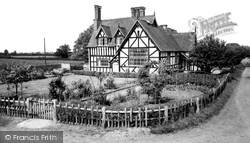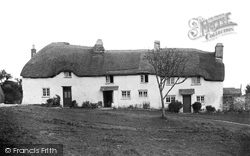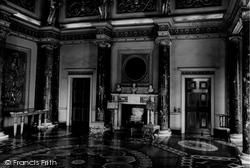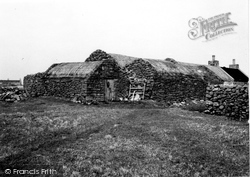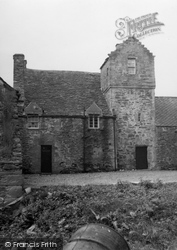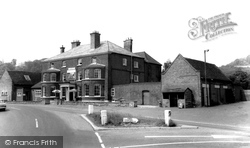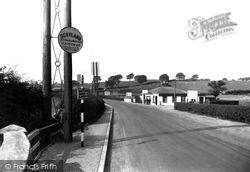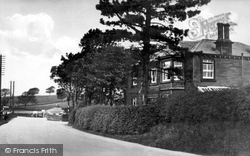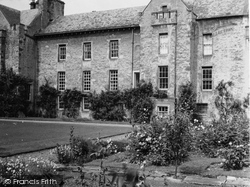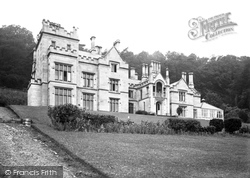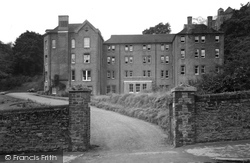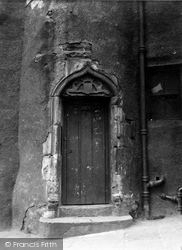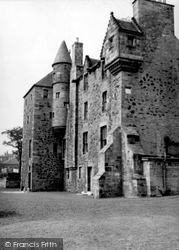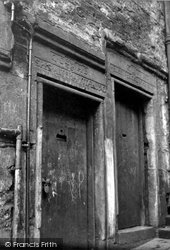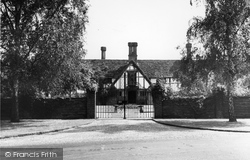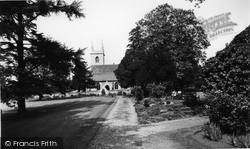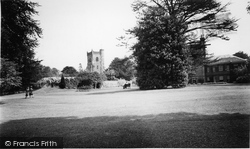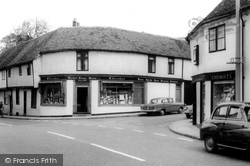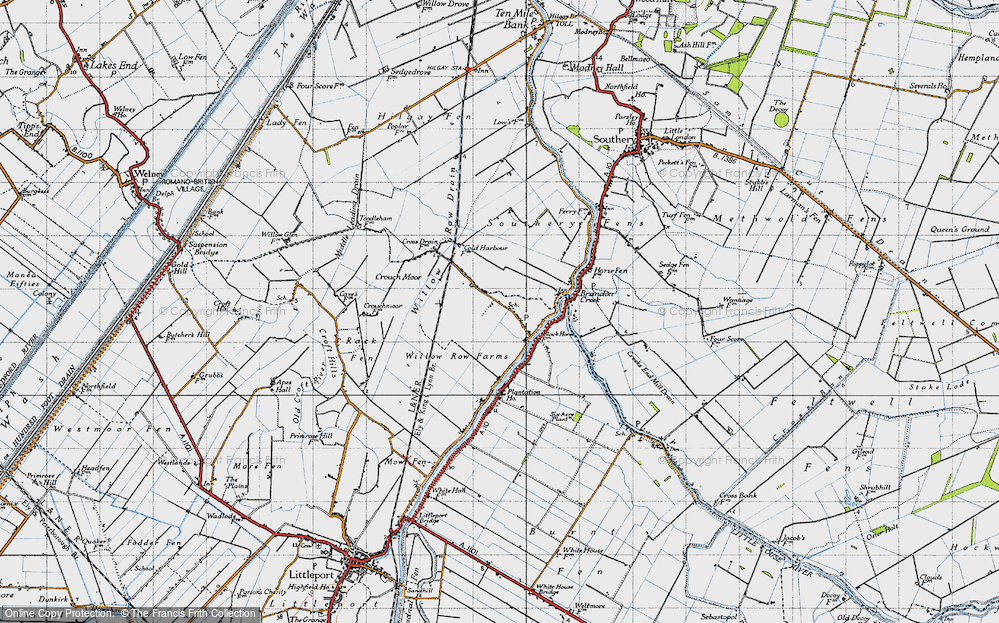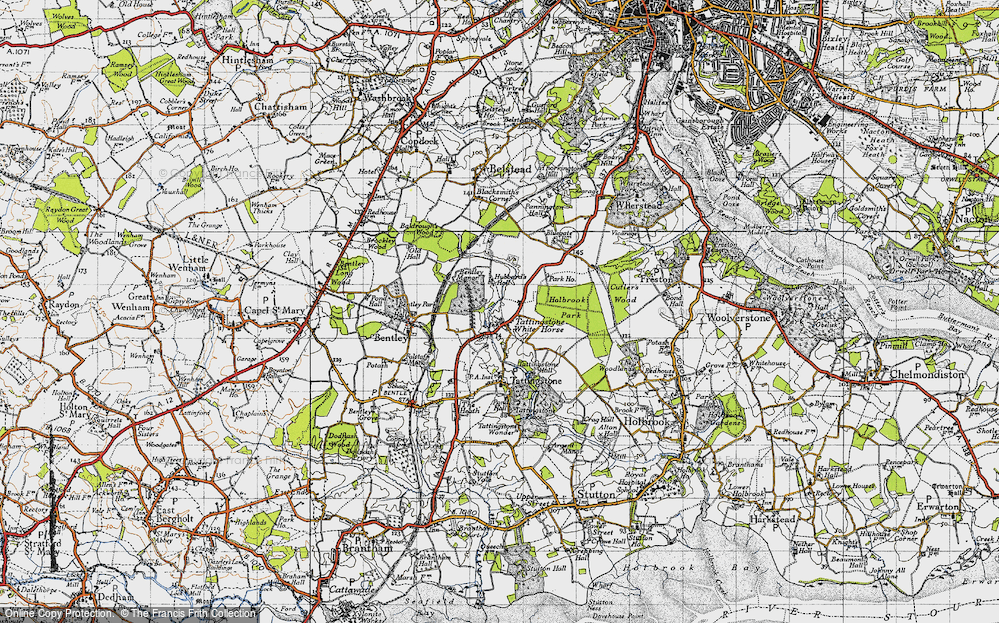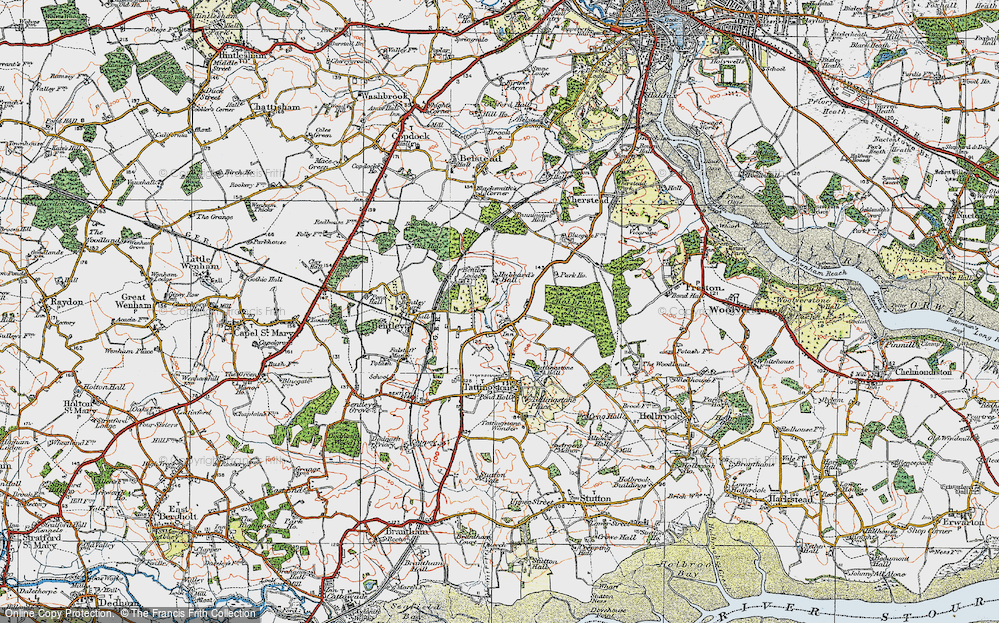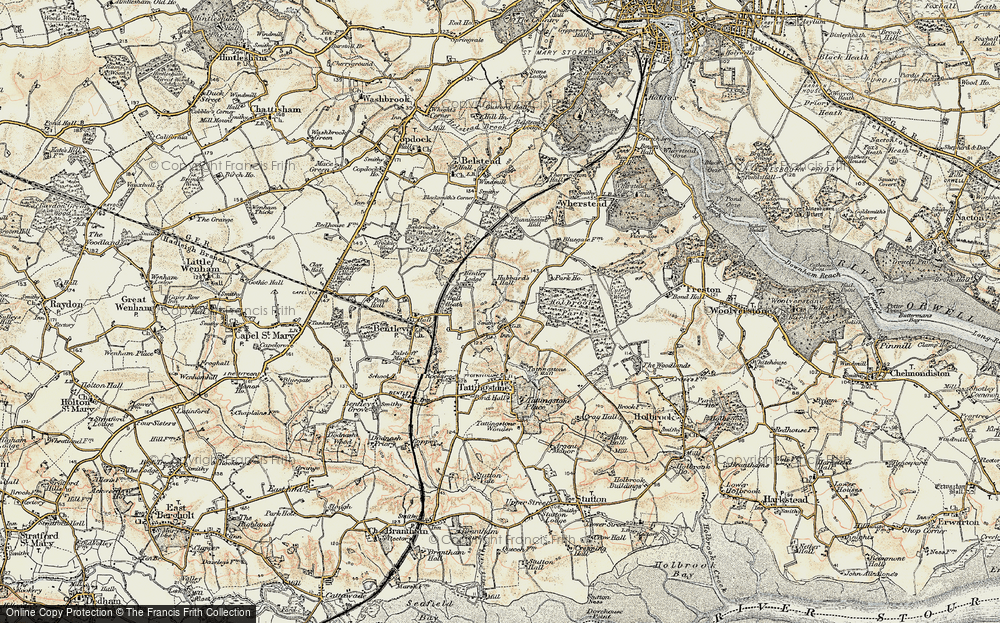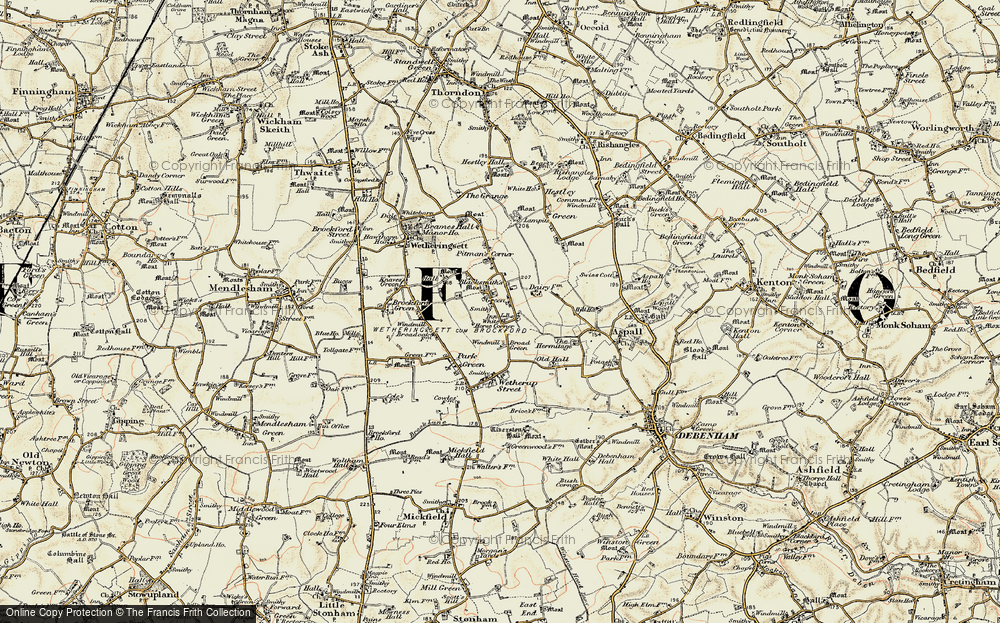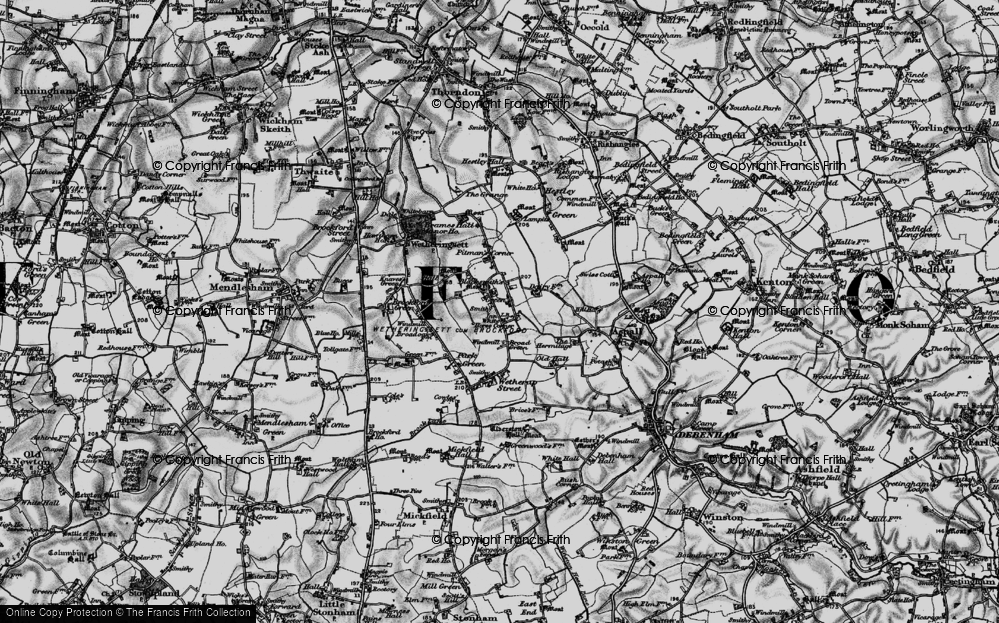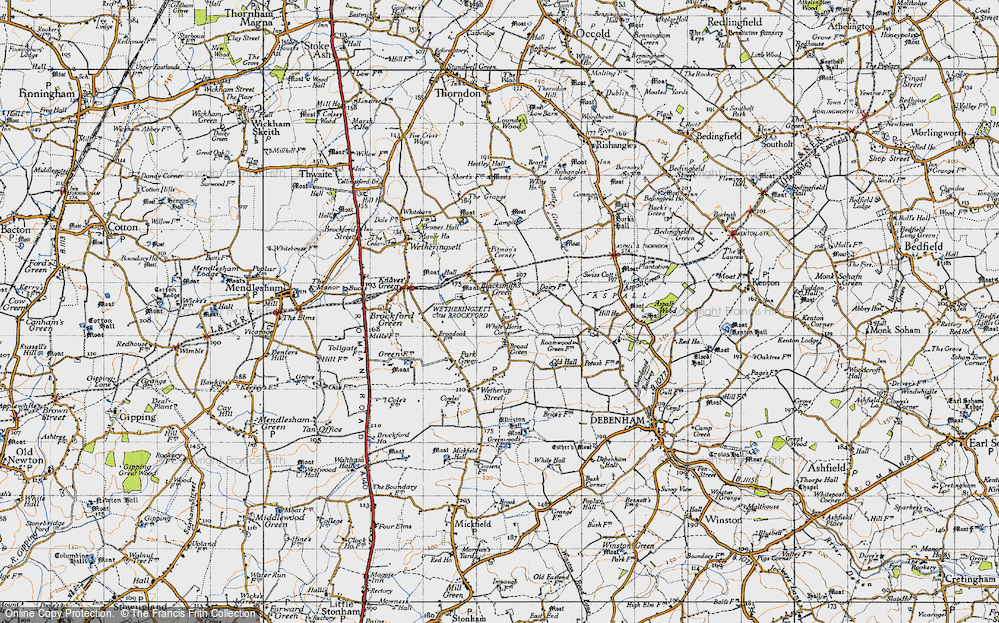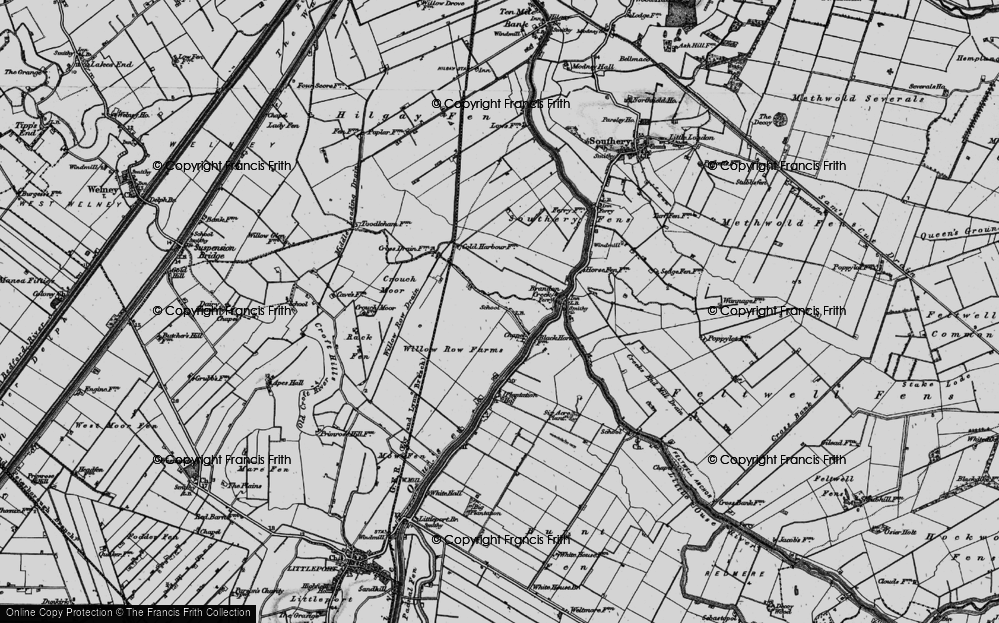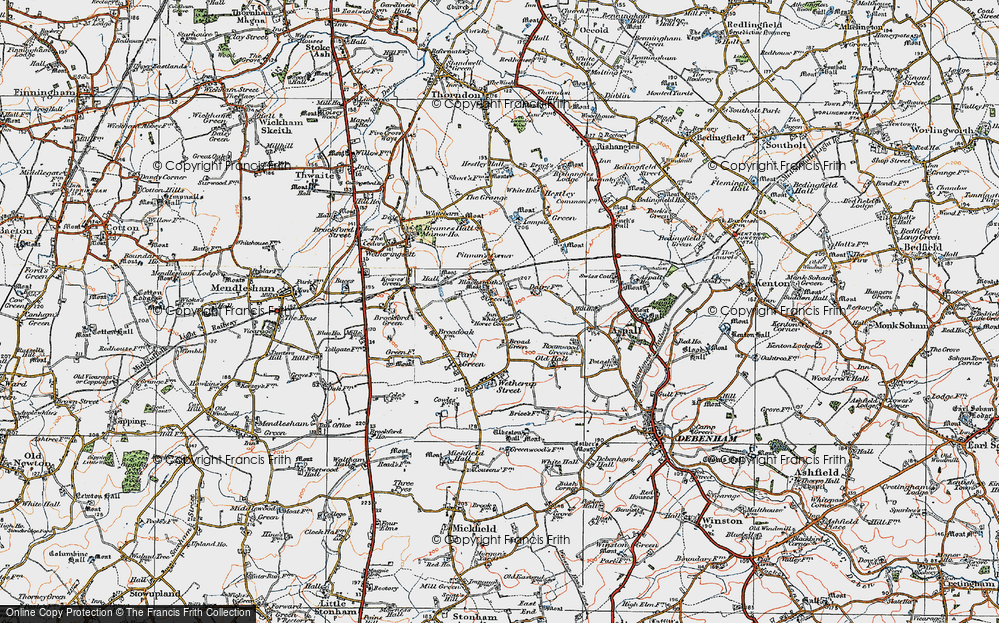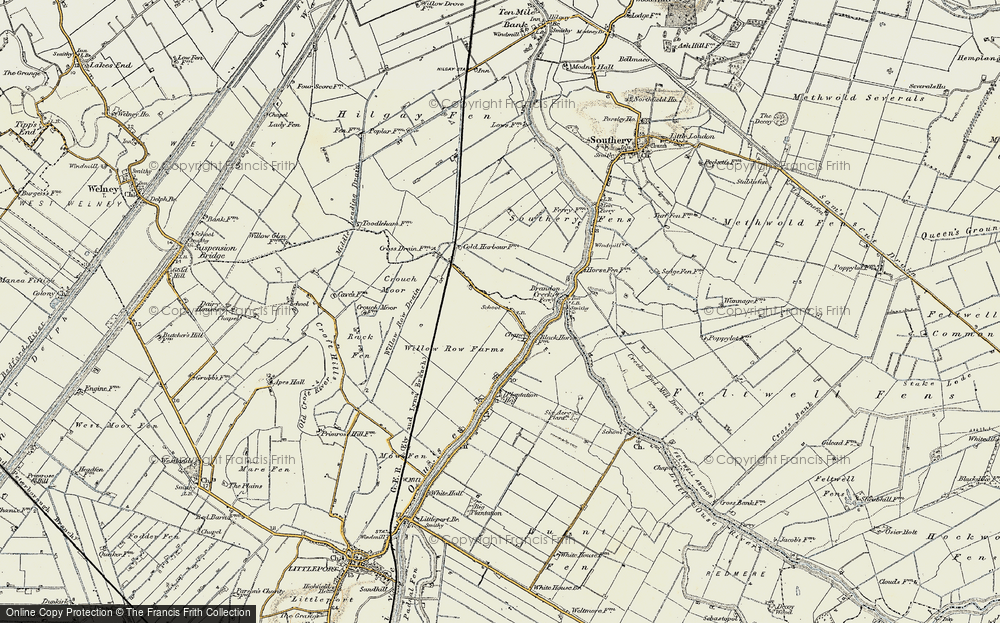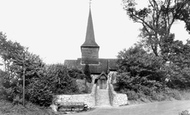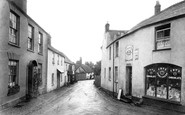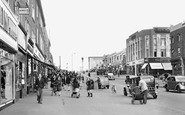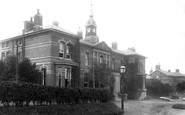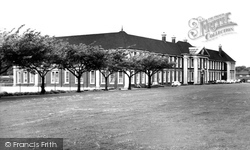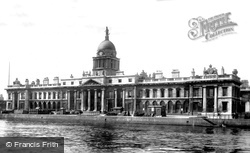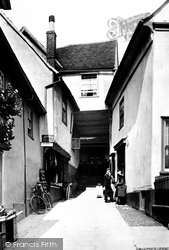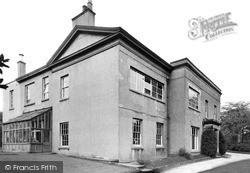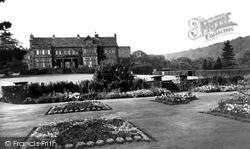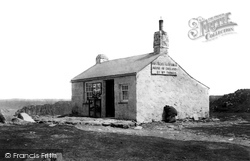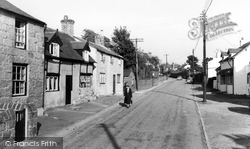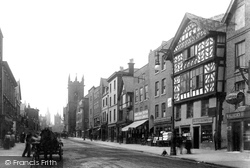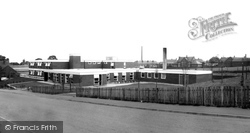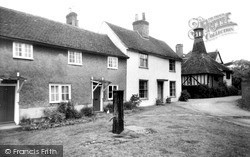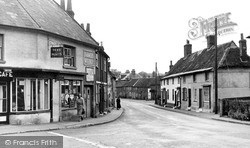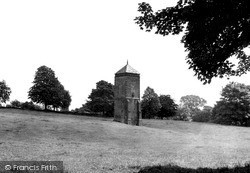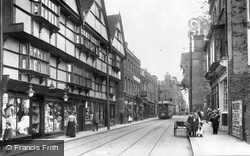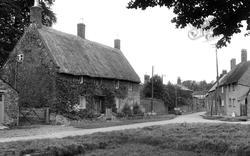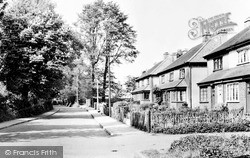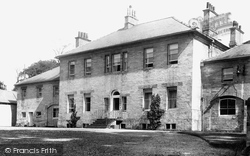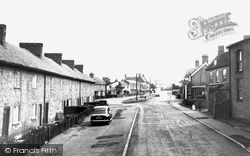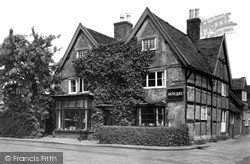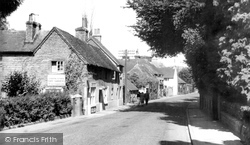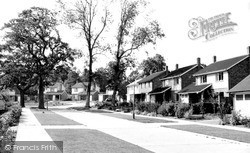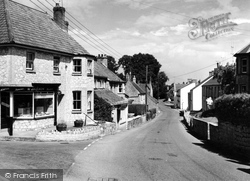Places
36 places found.
Those places high-lighted have photos. All locations may have maps, books and memories.
- Chatsworth House, Derbyshire
- Osborne House, Isle of Wight
- Brambletye House, Sussex
- Ickworth House, Suffolk
- Kingston Lacy House, Dorset
- Boscobel House, Shropshire
- Preshute House, Wiltshire
- Bolton Houses, Lancashire
- Brick Houses, Yorkshire
- Quaking Houses, Durham
- Water Houses, Yorkshire
- Bottom House, Staffordshire
- New House, Kent
- Mite Houses, Cumbria
- Lyneham House, Devon
- Church Houses, Yorkshire
- Dye House, Northumberland
- Spittal Houses, Yorkshire
- Street Houses, Yorkshire
- Tow House, Northumberland
- Halfway House, Shropshire
- Halfway Houses, Kent
- High Houses, Essex
- Flush House, Yorkshire
- White House, Suffolk
- Wood House, Lancashire
- Bank Houses, Lancashire
- Lower House, Cheshire
- Marsh Houses, Lancashire
- Chapel House, Lancashire
- Close House, Durham
- Guard House, Yorkshire
- Hundle Houses, Lincolnshire
- Hundred House, Powys
- Thorley Houses, Hertfordshire
- School House, Dorset
Photos
7,776 photos found. Showing results 361 to 380.
Maps
370 maps found.
Books
1 books found. Showing results 433 to 1.
Memories
10,360 memories found. Showing results 181 to 190.
Wonderful Years
Living on the island was like living in paradise - it seemed like a constant holiday! I remember walking from 'Danehurst' along Pitts Lane across Binstead Road and up Cemetary Road to school every day. I loved walking to the beach ...Read more
A memory of Binstead in 1955 by
Childhood Holidays
I was evacuated during the war for a time to Whitwell and spent it with my Grandfather Walter Williams who lived almost opposite the Bull PH. My elder brother born 1938 was just about old enough to attend the local ...Read more
A memory of Whitwell by
Life Around St Nicholas Church
When we were children we used to toboggan down St Nicholas Hill in snowy weather, which was wonderfully exciting as it is so steep. I was married in St Nicholas Church on 25th July 1959 which was an exceptionally hot ...Read more
A memory of Laindon in 1959 by
What A Bike Ride!
I was born in Whitwell (Herts) in April 1949 and started my schooling at St Pauls Walden CE School in September 1953. This the hill on which I lived. As I grew older I used to ride my bike to school (very little ...Read more
A memory of Whitwell in 1955 by
Esville Combeland Road
I was born in the house on the right hand side of the photograph.It was the home of my grandparents David and Lydia Howells who had moved to Alcombe during the depression.Both were staunch methodists and belonged to the Alcombe ...Read more
A memory of Alcombe in 1946 by
Treowen Road
I was born in March ,1947 at 69,Treowen Road.It was a terrible winter,and the midwife who delivered me (Nurse Maiden) had to enter the house through the upstairs bedroom window because the snow was pilled up so high. I lived in treowen ...Read more
A memory of Crumlin in 1947 by
Beech House
I was sent to beech House at St Augustine's in 1964 to 1966. I always found the people in the village very friendly. I remember long walks down to the church and mill,and waiting on the station for the train home for the holidays. I have ...Read more
A memory of Chartham in 1964 by
It Must Have Seemed Like Bluewater Then!
It was either a long walk or a ride on the 174 bus from Oxlow Lane shops to the Heathway. It surprises even now just what variety there was there, no need to have to travel miles to get a new shirt or the new ...Read more
A memory of Dagenham in 1965 by
Birth
I was born on 8 October 1939 in a house called Trewalder, at Treyarnon Bay. The house belonged to Nan and Sam Odhams and they persuaded my mother to leave London - everyone was rushing anywhere and every place once war was declared on 3 ...Read more
A memory of St Merryn in 1930 by
Beech House
Beech House was the school attached to St. Augustines,which used to be the County Asylum. I was there from 1964-66. I always found the people of Chartham top be lovely and kind. I remember walks down to the church and mill,and waiting on ...Read more
A memory of Chartham in 1964 by
Your search returned a large number of results. Please try to refine your search further.
Captions
6,977 captions found. Showing results 433 to 456.
The Girls' High School was founded in 1918 in Brueton House at Mount Pleasant, but moved to this purpose-built accommodation in Green Lanes in 1930.
James Gandon's masterpiece, the Custom House, completed in 1791. The Custom House was gutted by fire during the Civil War.
This closer view shows the steps under the gateway, with the Roman wall incorporated in the house.
Parkfield House became Middleton`s second Town Hall in 1925.
Whirlow Brook House was formerly the home of Sir Walter Benton Jones.
Trees have begun to grow up on the slope beyond Porthpean House since 1884 (see No 16778, above), although the coast path is still prominent.
Souvenirs (including model lighthouses carved from serpentine stone) and postcards (perhaps Frith's) are displayed outside the most westerly house in England.
The house with the two dormer windows in the roof on the left used to be The Stanley Arms, one of two hostelries that once refreshed the village.
The Falcon Inn at the corner of Grosvenor Street was once the town house of the Grosvenor family.
Before Bullenshaw House was built, the area was wooded and provided a natural playground for youngsters. During the war two air-raid shelters were built into the hill.
The house to the right was originally a maltings - the structure with the lantern was the oast-house. It belonged to the Writtle Brewery Company until they were taken over by Truman's.
These are two courtyard houses side by side; their fine porches lead into passages to small courtyards with halls across the rear - one is a first floor hall, once used as a court house.
Three of the terraced houses on the right were once shops. On the opposite corner, Skoulding's grocer's and draper's had traded since the 1850s.
In fact it is a dual-purpose structure, for the lower storey, below the pigeon house, is a well house with a water- wheel pump.
The timber-framed house dates from the late 16th century. Opposite is Eastgate House of 1590, now part of the Charles Dickens Centre.
We are looking west over the village pond into Manor Road; the house on the left is The Beeches.
The three houses each contain three dwellings and are numbered 40 to 56 from right to left. The modern development of Merrymeet has been built behind the houses.
The designer, John Carr, later went on to be the architect of the magnificent Harewood House.
The post-enclosure brick cottages on the left have now been replaced with modern housing. In the distance is the Manor House, once home of Lancelot 'Capability' Brown, the famous landscape gardener.
Whirlow Brook House was formerly the home of Sir Walter Benton Jones. In 1946 a joint effort by the Town Trust and the J G Graves Charitable Trust secured the grounds for use as a public park.
Birmingham House, an early 17th century timber-framed double-fronted building, was once the home of the grandfather of Izaak Walton, author of 'The Compleat Angler', published in 1653.
St Mary's House is a medieval timber-framed house open to visitors.
These detached houses are part of the Finches development, with no trace of the original house remaining.
Behind Jackson's the ironmonger's (left) was once Bernard's the baker's, now a private house. The house before the Bell Inn, at the end of the street, is now a garage.
Places (80)
Photos (7776)
Memories (10360)
Books (1)
Maps (370)




